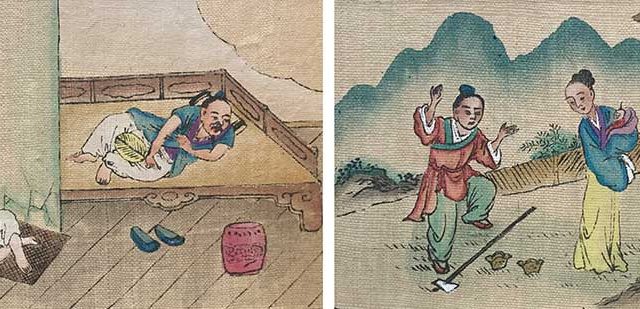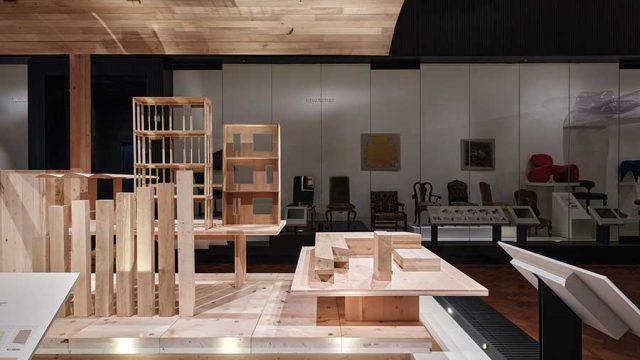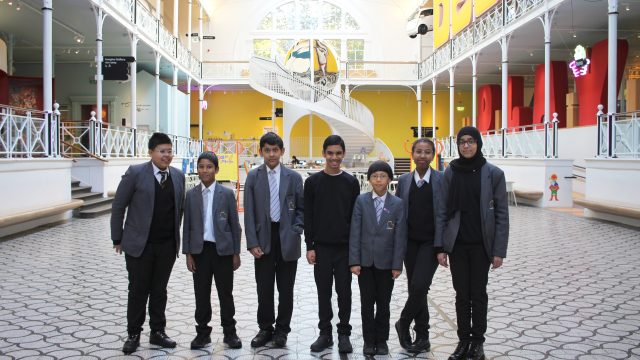In October 2018, the V&A held this extremely successful two-day international conference, organised by curators in the Middle Eastern Section together with colleagues in the Learning Academy. It was the first time a conference on this subject had ever been organised. The thirty-one speakers and moderators came from Afghanistan, Australia, Canada, Dubai, Egypt, Jordan, Kuwait, Morocco, Palestine, Saudi Arabia, Spain, the UK and USA. The conference was very well-attended, with a full house on both days. The audience stayed through to the bitter end and the discussion kept flowing – as often with these things, there did not seem to be enough time to discuss all the issues, but all the papers generated rich discussion, which also said a lot for the quality of the audience members.
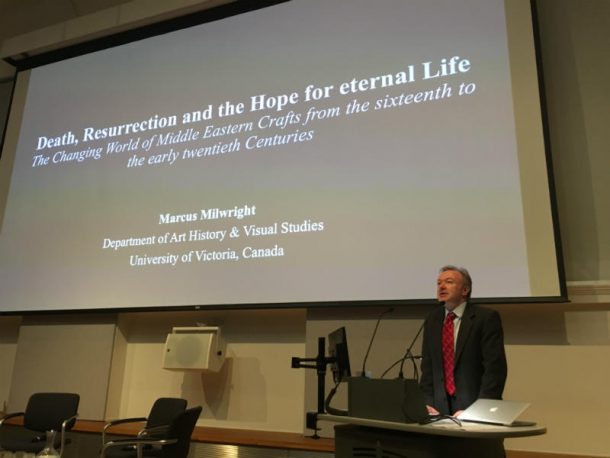
A keynote lecture from Professor Marcus Milwright, of the University of Victoria and author of the anthology Islamic Arts and Crafts (Edinburgh University Press, 2017), set the historical scene, emphasising that craftsmanship has been important in Islamic art at all periods, even as far back as ceramics of the Umayyad period. The main focus of his presentation was the Dictionary of Damascene Crafts, an early 20th-century compilation of all the crafts still being practised in the madina of Damascus at that time, and how we can connect these with some of the objects – especially inlaid metalwork – which we find today in public and private collections.
For the rest of the conference, papers were presented in thematic panels followed by discussions facilitated by a moderator. The first day was more historical in theme, with the panels focusing on crafts in Egypt and North Africa, from the 19th through to the mid-20th century. In the Egypt panel, moderated by Mohamed El Shahed, we heard from Dina Bakhoum talking about the restoration of historic wooden minbars by the Comité de conservation des monuments de l’art arabe; and a joint paper from Seif El Rashidi and Sam Bowker on the Tentmakers of Cairo – the men who still today practise the craft of cotton appliqué embroidery, whose origins can be traced back to the Mamluk period if not beyond.
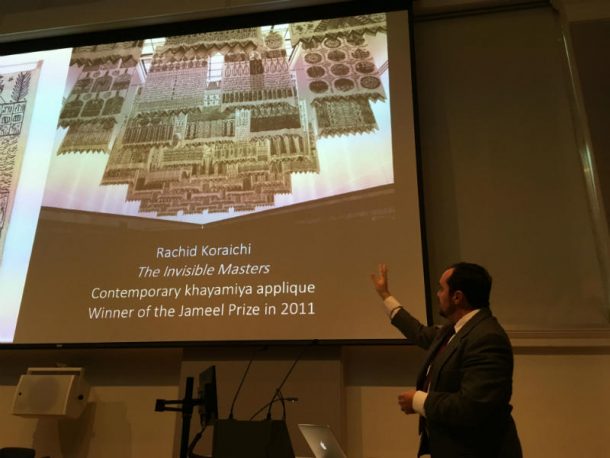
In the Maghreb panel, moderated by Moira Vincentelli, we heard from Clara Ilham Álvarez Dopico on attempts by colonial administrators in Tunisia and Algeria to engage with and revive ceramic crafts; Margaret Graves on the historiography and collecting of Moroccan ceramics, via the story of one pot in the Drummond Hay collection in the National Museum of Scotland; and Jessica Gerschultz on the École de Tunis and their attempts to revitalise Tunisian crafts in the 1960s and 1970s: in particular, the case of artist Safia Farhat who, as a woman – and in an interesting parallel to the better-known Anni Albers – was encouraged to dedicate herself to weaving, and with her atelier of female weavers developed large-scale and three-dimensional tapestries with Modernist designs. When the speakers in this panel took their seats for the discussion, I realised that they were all women! This had not been deliberate, but it was very gratifying that there was a healthy balance of genders among the participants.
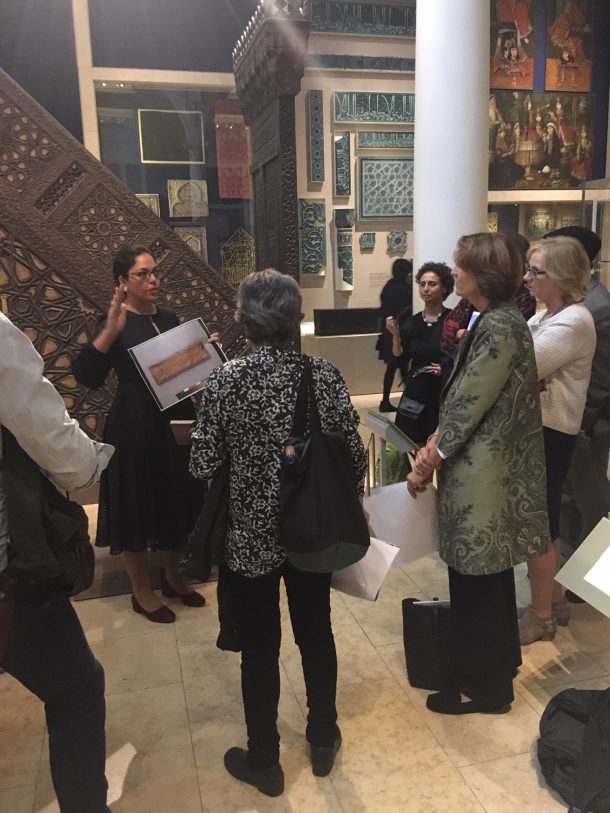
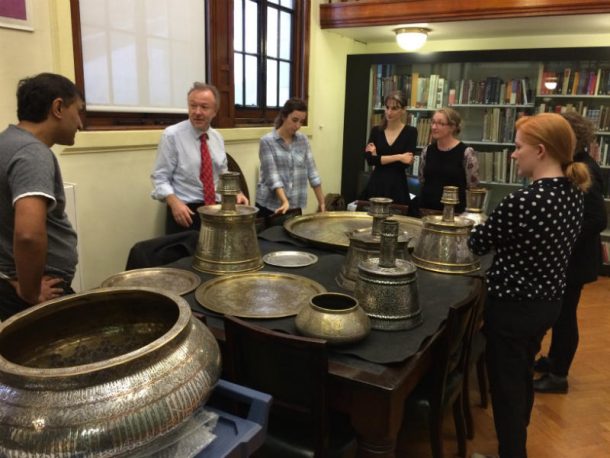
In the afternoon, the groups broke out of the auditorium into concurrent sessions in galleries: tours of the Jameel Gallery and Jameel Prize 5; a discussion of historic and contemporary approaches to the restoration of wooden minbars in the Jameel Gallery; handling sessions of 19th-century views of Middle Eastern makers in the Word & Image Print Room, revival metalwork from Egypt and Syria, and acquisitions of contemporary Middle Eastern ceramics; and an informal discussion of ‘Craft and Sustainability’, which took place in the Globe Space in the Europe Galleries. Audience members could drop in and out of these sessions, which were very successful. In the small room next to the auditorium we displayed informative and promotional books and materials that speakers and audience members had brought with them, including two examples of Kawther al-Saffar’s Dual Metal Bowls, the subject of her presentation on Day 2.
The second day was dedicated to contemporary issues and aimed to be more discursive with shorter, focused presentations followed by discussion among the speakers, then opening out to the audience. The first panel theme was Craft and Tradition, moderated by Camilla Cañellas, which focused on initiatives that aim to keep traditional craft skills alive through training and job opportunities, and help craftsmen to find new markets or adapt their work to global challenges. We heard from Turquoise Mountain, especially about their work in Afghanistan but also the new regions where they are bringing their very successful model; Riwaq in Palestine; Art Jameel, which works in Saudi Arabia and Cairo; and a British Council project working with potters in Safi, Morocco. A highlight of this panel was the Afghan master wood carver, Naseer Yasna, who talked movingly about how the opportunity provided by Turquoise Mountain changed his life.
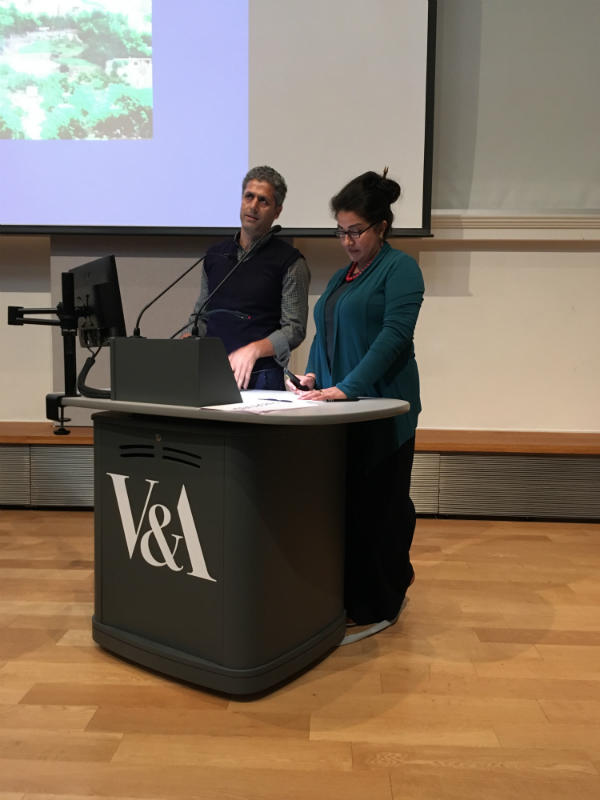
The second panel was a roundtable discussion with short presentations from artists who collaborate closely with artisans in their work: we heard from Eric Van Hove, Sara Ouhaddou, Elias and Yousef Anastas, Amina Agueznay, and Kawther al-Saffar. The discussion was led by Ann Shafer. The last panel, moderated by Salma Tuqan, explored New Business Models, and aimed to suggest ways to solve some of the challenges that had been mentioned earlier in the day. We heard from Lisa Ball-Lechgar presenting Tashkeel and their ‘Made in the UAE’ project; Kendall Robbins of the British Council, talking about their Crafting Futures programme; and Eyen Collective and their project to gather a directory of all the remaining calligraphers practising in Jordan today, a latter-day equivalent to the Dictionary of Damascene Crafts.
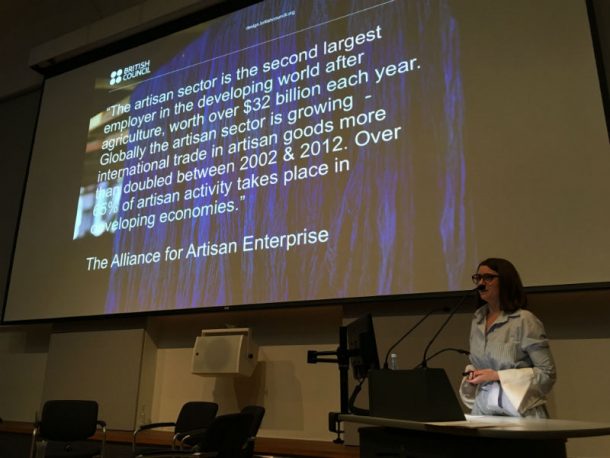
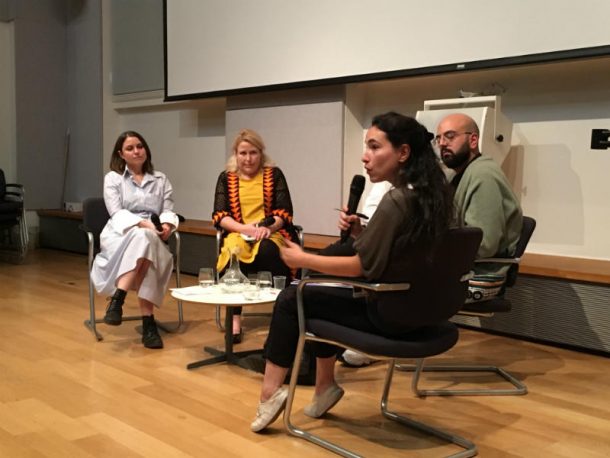
The conference was closed with expert remarks from Tanya Harrod, independent design historian and Jameel Prize 5 judge, who synthesised and highlighted important themes that had emerged.
Following a drinks reception to which all were invited, we hosted a film screening of ‘The Tentmakers of Cairo’ (2015), a moving film made by Australian film-maker Kim Beamish, charting the lives of the few men who still practise this craft against the backdrop of intense political change during the Arab Spring.
The feedback from the conference has been overwhelmingly positive. Several attendees commented that it “was one of the best conferences I’ve ever been to”. The combination of historic and contemporary perspectives was very much appreciated. There was even some press coverage, in the form of an article in the UAE online newspaper, The National!
The event was audio-recorded and all these recordings have now been uploaded to the V&A’s Soundcloud site, so anyone who was not able to physically attend the conference can listen to the presentations as well as the full discussions by following the link below.
The full conference programme and speakers’ biographies can be downloaded here.
